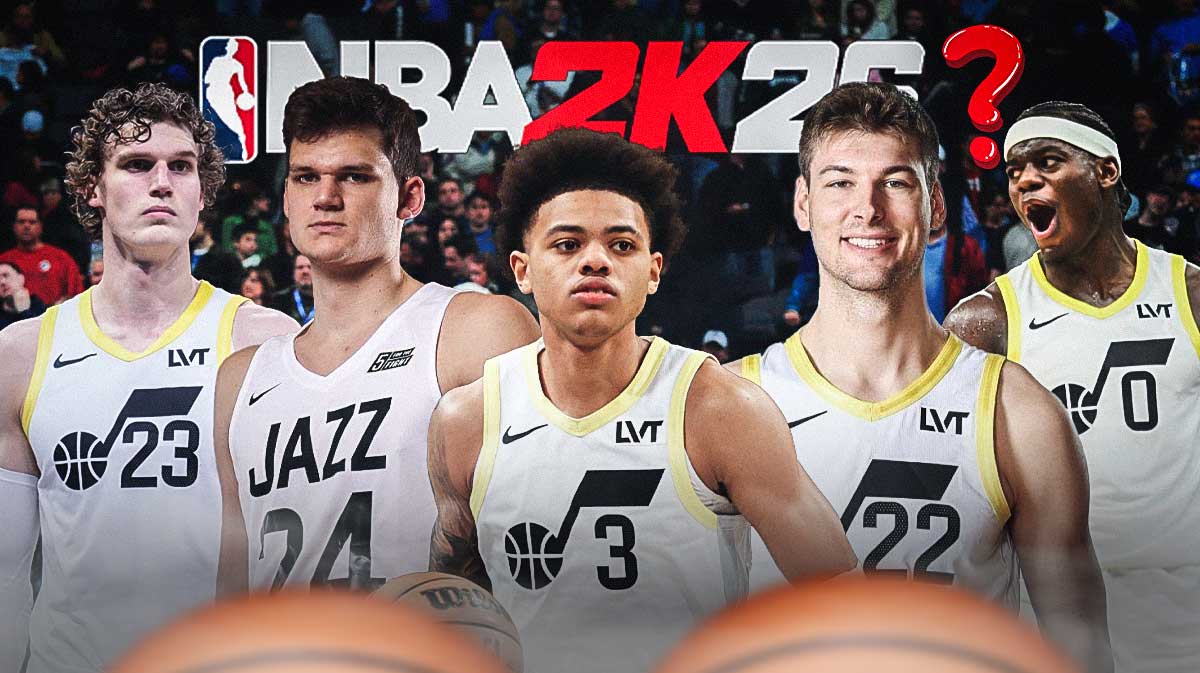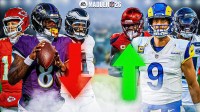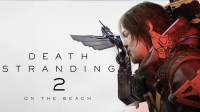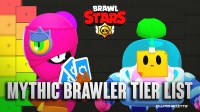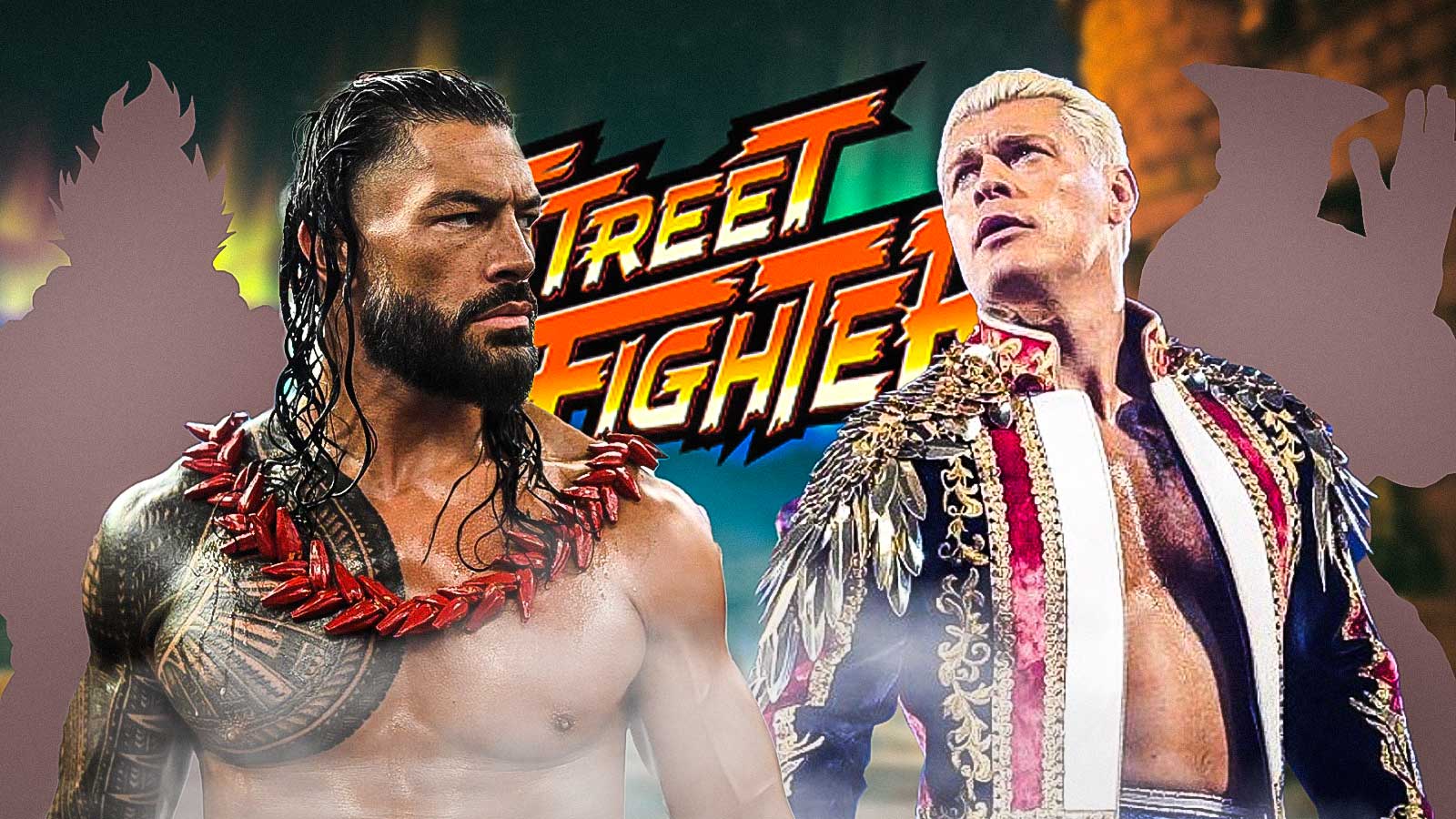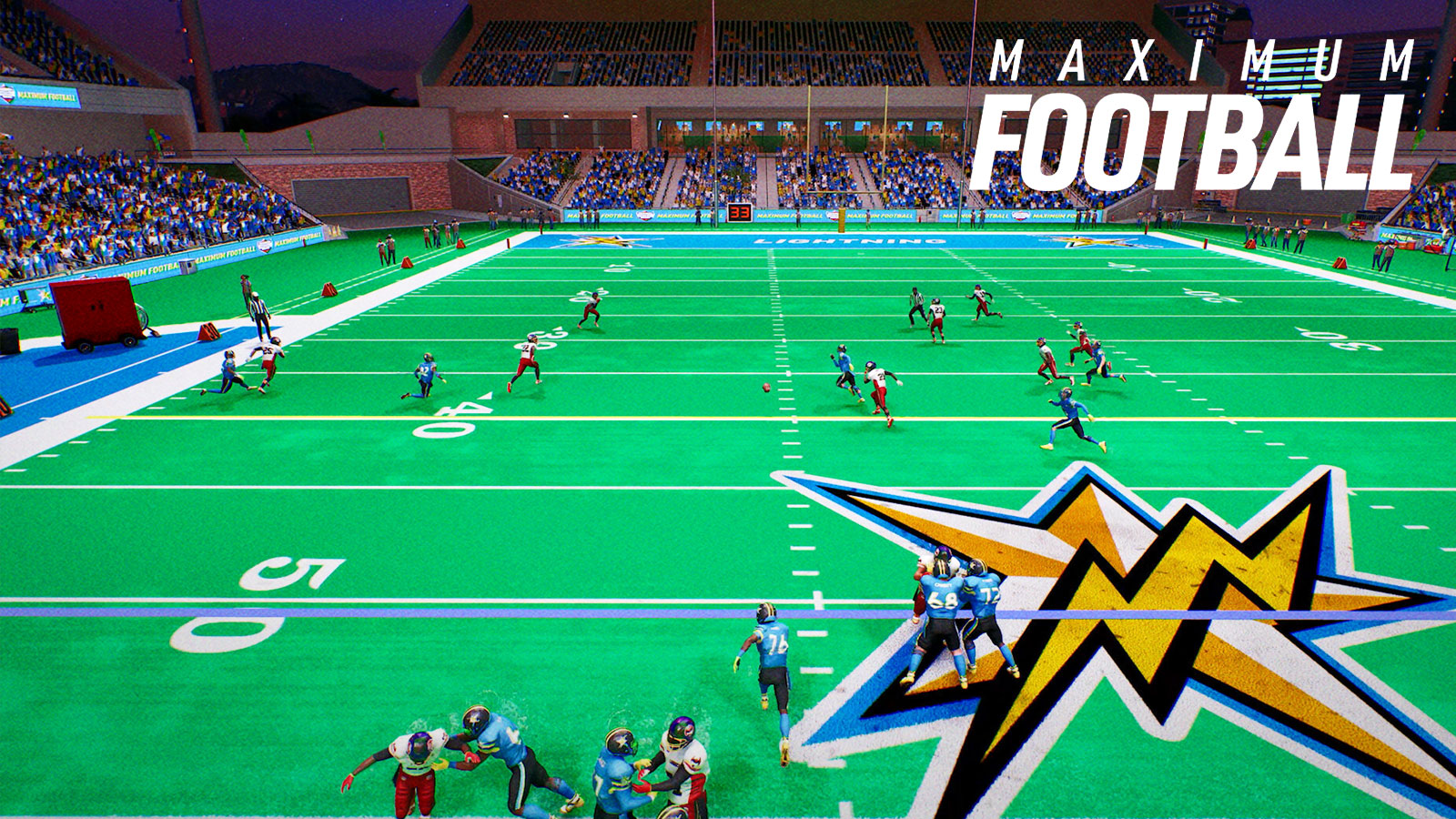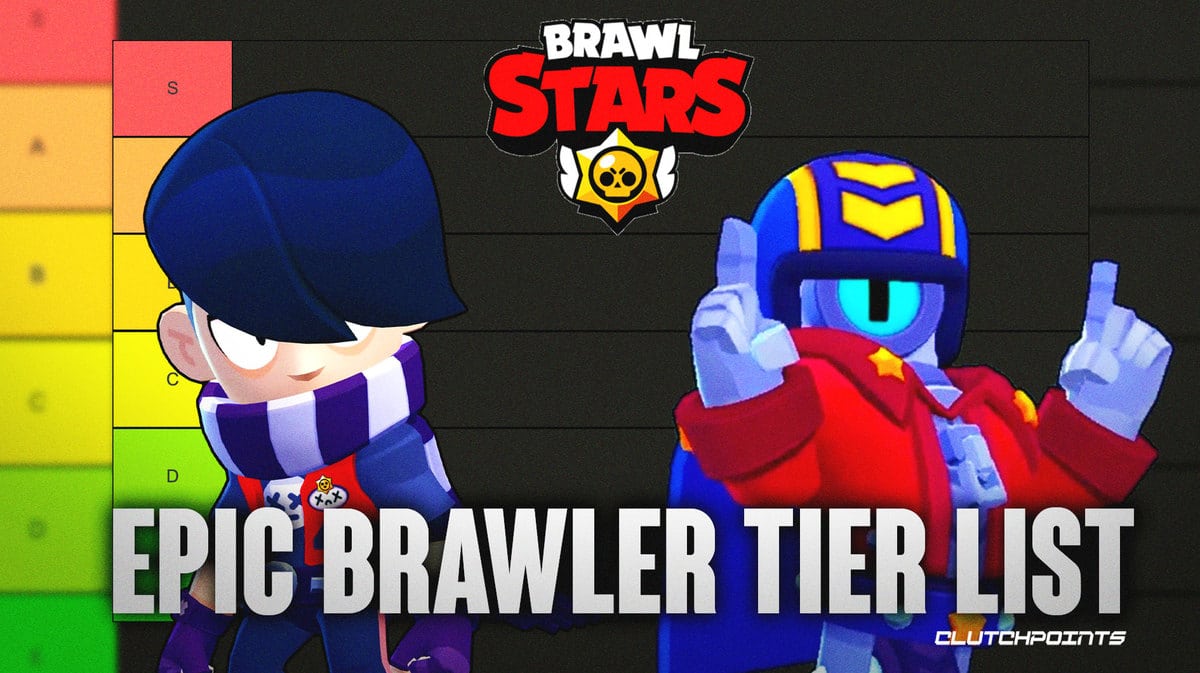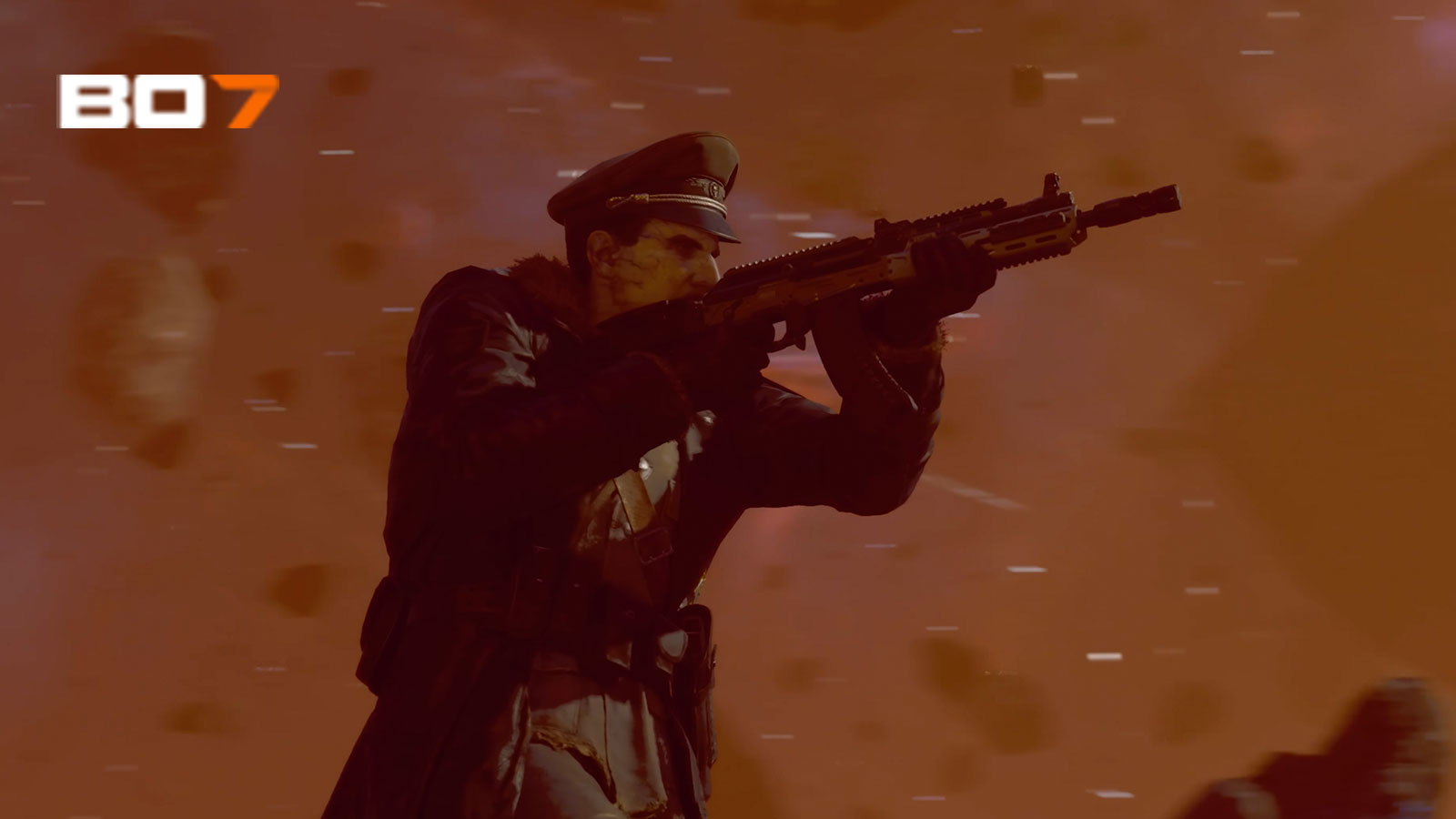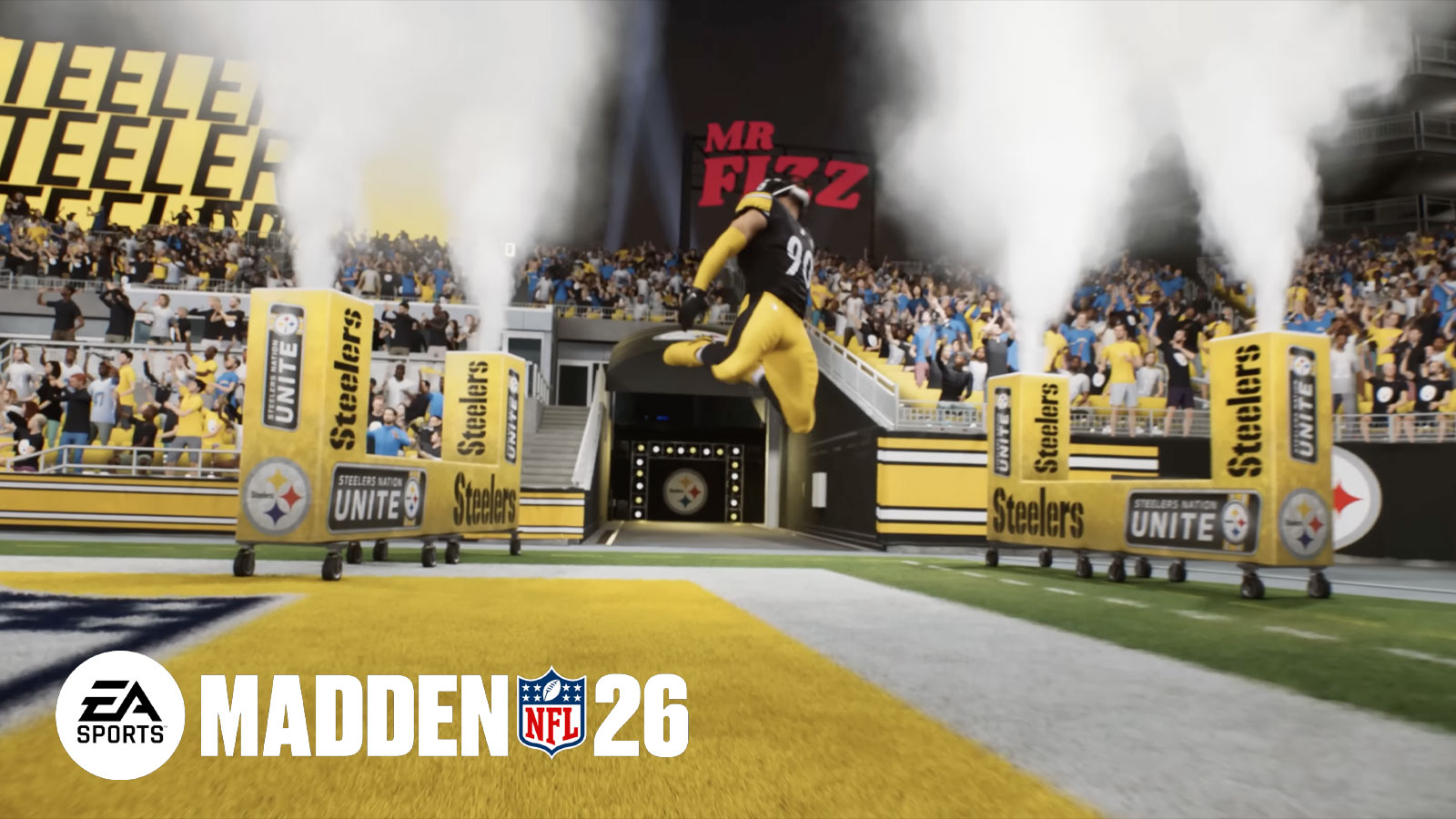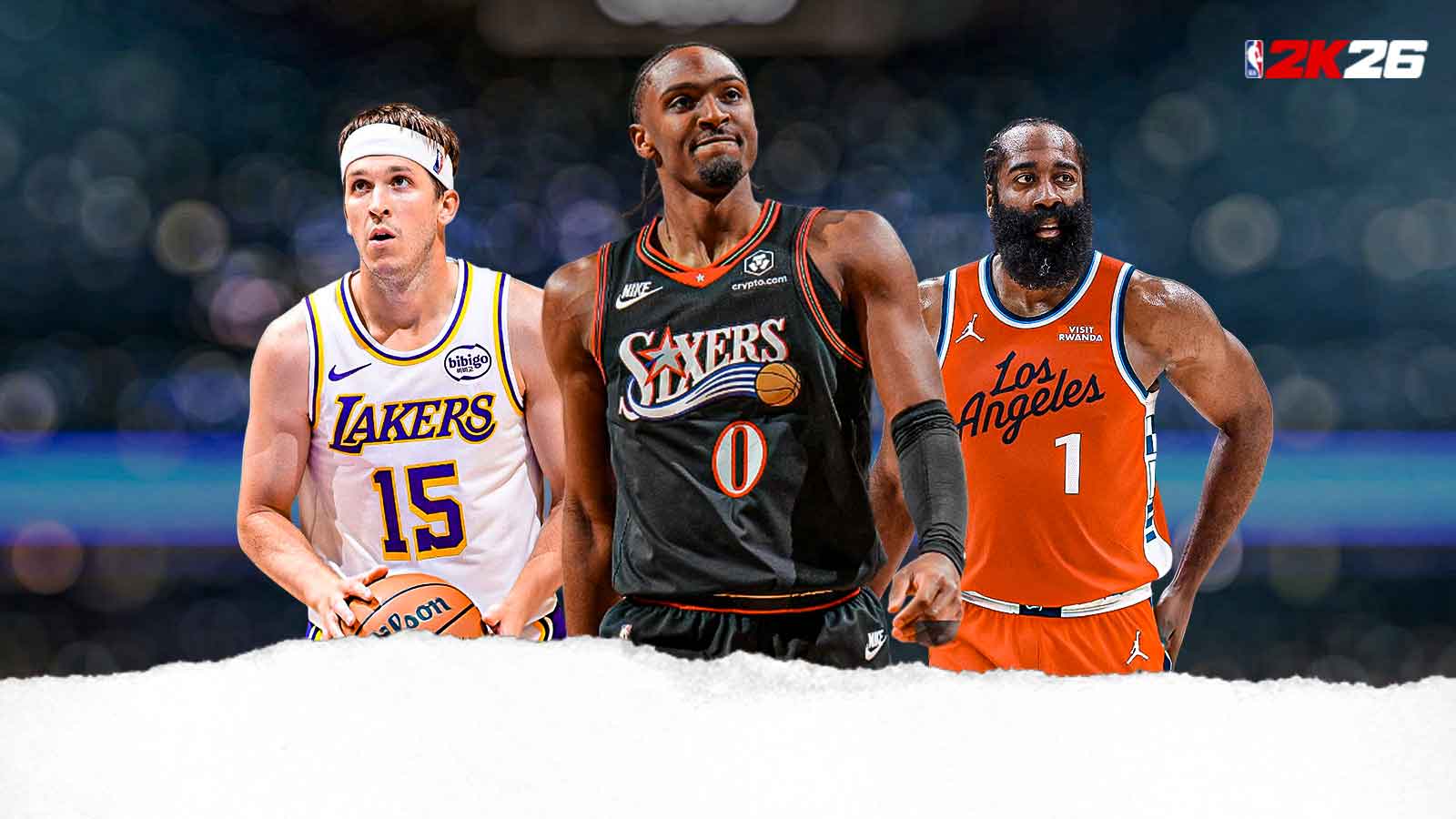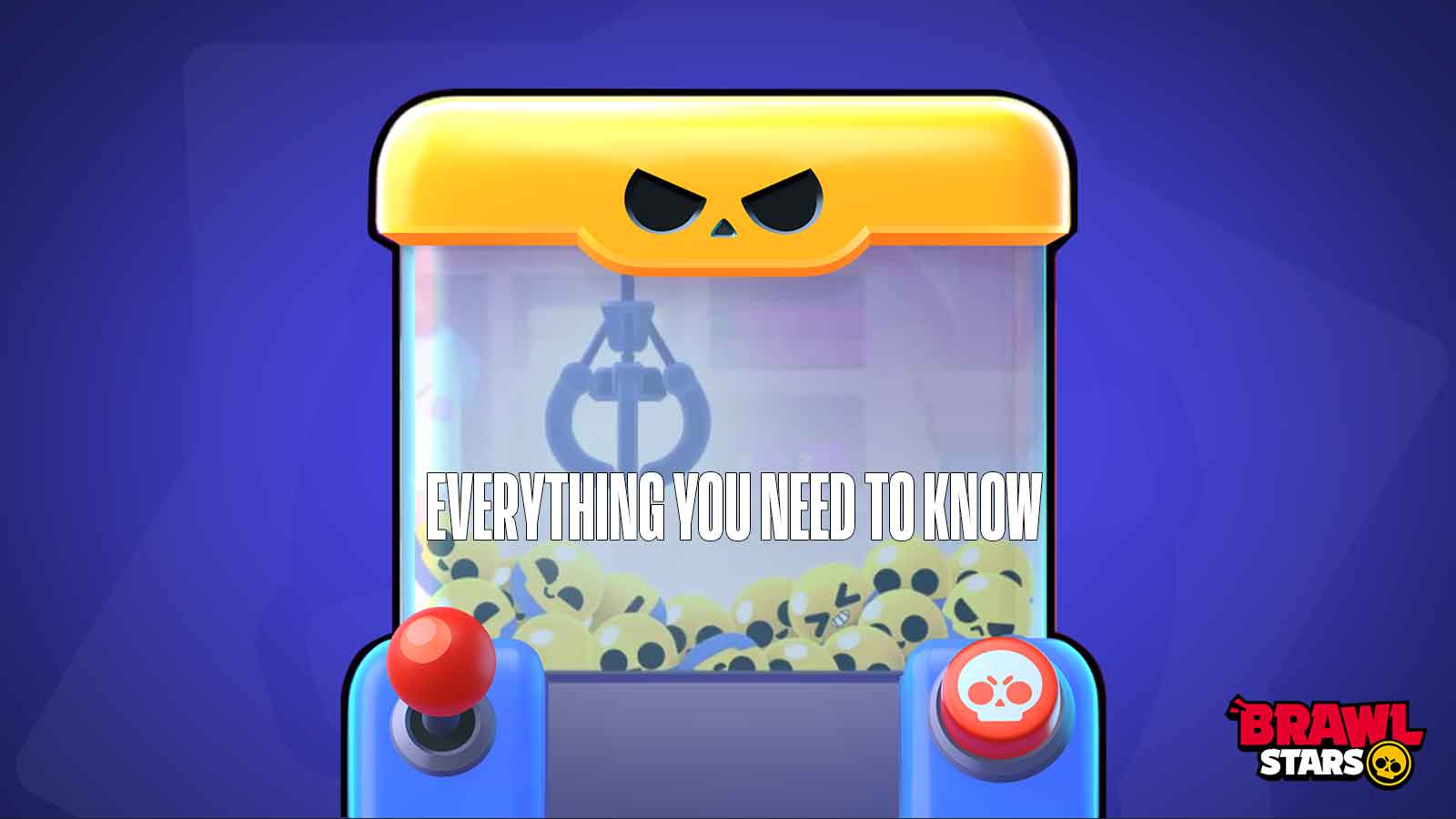The Utah Jazz have been at the center of an ongoing rebuild for the last three years. After a miserable 17-65 finish in the 2024-25 NBA season, fans expected NBA 2K26 to reflect the Jazz’s struggles more accurately. However, the ratings assigned to this roster tell a very different story. Some players were clearly overrated based on their recent production, while others, especially promising young talent, were undervalued.
Let’s break down exactly where NBA 2K26 got the Jazz wrong, focusing on five players whose ratings are completely off the mark.
Lauri Markkanen: Slightly underrated at 84 OVR
Lauri Markkanen is without question the Jazz’s best player, and at an 84 OVR, 2K places him among the league’s “borderline All-Star” tier. On paper, that seems fair, but given Markkanen’s actual impact, this number feels low.
Lauri Markkanen with AUTHORITY for Finland 🔨@EuroBasket pic.twitter.com/Nz5jSON71K
— NBA (@NBA) August 27, 2025
In 2024-25, Markkanen carried Utah’s offense almost single-handedly, averaging over 19 points per game while shooting efficiently from deep. With 80 in 3PT and 75 in dunking, the game captures his scoring versatility but underestimates his leadership and all-around offensive gravity.
When you compare him to players like Michael Porter Jr. (82 OVR) or Tobias Harris (81 OVR), Markkanen is clearly on another level. He deserved to be in the 86-87 range, firmly in the “franchise cornerstone” conversation.
Walker Kessler: Overrated at 82 OVR
Walker Kessler has built a reputation as a shot-blocking, rim-protecting center, but NBA 2K26 gave him an 82 OVR that feels far too generous. While he showed flashes of elite rim protection in his rookie year, his sophomore season revealed limitations.
throw somethin' on the grill and pull up a chair, we have a 𝐁𝐋𝐎𝐂𝐊 𝐏𝐀𝐑𝐓𝐘 going on to celebrate #NBADefenseWeek 🥳#TakeNote pic.twitter.com/YzPI9Qkv3k
— Utah Jazz (@utahjazz) August 6, 2025
Kessler struggled against quicker lineups, was often played off the floor in fourth quarters, and his offensive game remains extremely limited. A 51 in 3PT is irrelevant since he rarely shoots from beyond the arc, and his 75 dunk rating doesn’t make up for the fact that he can’t create his own shot.
Considering his role as a situational defender rather than a cornerstone big, Kessler should be closer to 78-79 OVR, not on par with starting-caliber two-way centers across the league.
Keyonte George: Underrated at 78 OVR
If there’s one Jazz player NBA 2K26 seriously undervalues, it’s Keyonte George. At 78 OVR, he’s grouped with average guards, but George showed enough flashes as a rookie to warrant a rating in the 80-81 range.
George displayed strong playmaking instincts, averaging solid assist numbers despite the Jazz’s stagnant offense. His 78 3PT rating and 65 dunk rating don’t reflect his scoring versatility, especially in clutch moments where he often looked more comfortable than Utah’s veterans.
More importantly, George should be rewarded for his development trajectory. In a rebuild, young talent is everything, and undervaluing George sends the wrong message.
Kyle Filipowski: Overrated at 80 OVR
Kyle Filipowski was one of the most hyped rookies of the Jazz’s offseason, but NBA 2K26 giving him an 80 OVR out of the gate is excessive. For context, this places him above several proven NBA veterans.
While Filipowski’s skill set as a stretch big with an 80 3PT rating is intriguing, his defense and physicality remain massive question marks. Giving him the same OVR as players like Jaden Ivey, Tobias Harris, or Jalen Duren simply doesn’t make sense.
A more reasonable rookie rating would be in the 75-76 range, reflecting potential without inflating expectations.
Taylor Hendricks: Underrated at 76 OVR
One of the most glaring mistakes in the Jazz’s ratings comes with Taylor Hendricks. At 76 OVR, he’s grouped with end-of-rotation players, which ignores the strides he made in his second season.
Hendricks showed flashes of becoming a true two-way forward, with a reliable three-point shot (81 3PT) and solid athleticism (75 dunk). While his production wasn’t flashy, his defensive versatility on the wing and ability to stretch the floor made him a valuable piece of Utah’s rebuild.
Given his upward trajectory, Hendricks should at least be in the 79-80 OVR range, putting him on the same level as other promising young forwards across the league.
Other rating issues that stand out
Beyond the five players highlighted, several other Jazz ratings feel questionable:
-
Jusuf Nurkic (78 OVR): At this stage of his career, Nurkic is more of a backup-level big than a high-level starter. 75 OVR would’ve been more accurate.
-
Brice Sensabaugh (77 OVR): While talented, he hasn’t proven enough to be ranked this high.
-
Kevin Love (76 OVR): Respect for the veteran, but his rating should have dropped into the low 70s by now.
On the flip side, KJ Martin (75 OVR) and Cody Williams (72 OVR) could have been given small boosts, as both bring athleticism and energy that often swing games.
Why these ratings matter
Some fans may shrug off NBA 2K ratings as “just a video game,” but for younger franchises like the Jazz, perception matters. A rebuild thrives not only on internal development but also on how the league (and by extension, video games like 2K) values its talent.
By overrating players like Kessler and Filipowski while underrating young players like George and Hendricks, NBA 2K26 fails to capture the Jazz’s true future. This doesn’t just frustrate fans, it undermines the narrative of a team trying to build through its young core.
The Utah Jazz’s NBA 2K26 ratings are completely wrong. Lauri Markkanen deserved more respect, Keyonte George and Taylor Hendricks were undervalued, while Walker Kessler and Kyle Filipowski were overrated.
For a team stuck at the bottom of the Western Conference but striving for growth, these ratings miss the mark on what matters most: potential. Jazz fans know their team’s future is brighter than 2K suggests, it just might take another year (and another ratings update) for the rest of the world to catch up.

